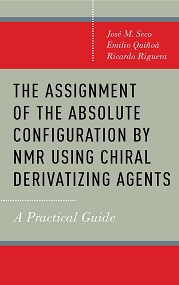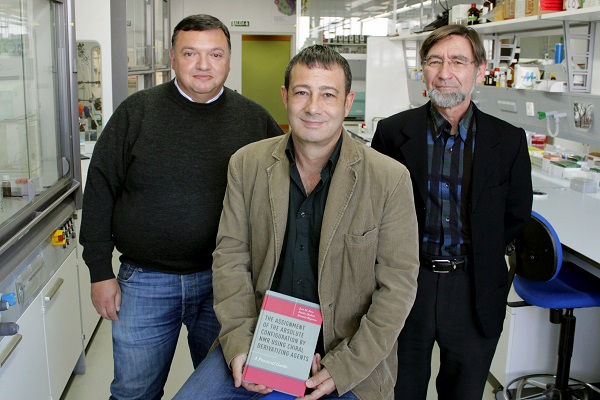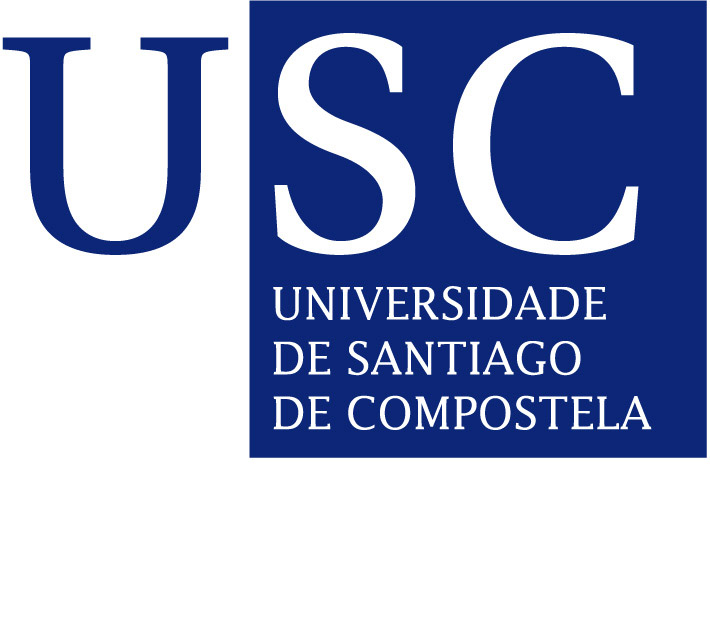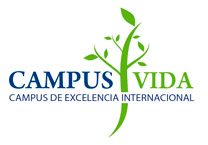 The Nuclear Magnetic Resonance spectroscopy (NMR) is a technique that uses the magnetic properties of atomic nuclei to obtain information about the structure and properties of molecules. Proton and Carbon NMR constitutes the most powerful spectroscopic method for structure determination of Organic molecules.
The Nuclear Magnetic Resonance spectroscopy (NMR) is a technique that uses the magnetic properties of atomic nuclei to obtain information about the structure and properties of molecules. Proton and Carbon NMR constitutes the most powerful spectroscopic method for structure determination of Organic molecules.
The use of NMR for the assignment of the absolute configuration (i.e. the spatial arrangement of the atoms of a molecule) of organic compounds is particularly useful in cases where the amount of the sample is limited or a rapid and inexpensive method is needed.
The book briefly explains the theoretical aspects behind this methodology, dedicating most of its space to covering practical aspects of the assignment, as well as the selection of the most adequate auxiliary reagent and the single or double derivatization, the use of resins, etc. Examples and spectra taken from the authors' own experiments are included to illustrate the methodology. Upper-level undergraduates, graduate students, chemical and pharmaceutical researchers will find this guide useful for their studies.
The contribution of the CiQUS Professors R. Riguera, E. Quiñoá and J.M. Seco to this field spanned from a study of the theoretical foundations to the development of new and more efficient auxiliary reagents, greatly expanding its range of applications. Those efforts helped to transform what at the beginning was almost no more than a scientific curiosity into a methodology that allows the determination of the absolute configuration of lots of different classes of compounds by NMR. Nowadays, the assignment by NMR is the easiest and cheapest method in use, and it is available to all laboratories possessing basic NMR instrumentation.

From left to right, José Manuel Seco, Emilio Quiñoá and Ricardo Riguera.


